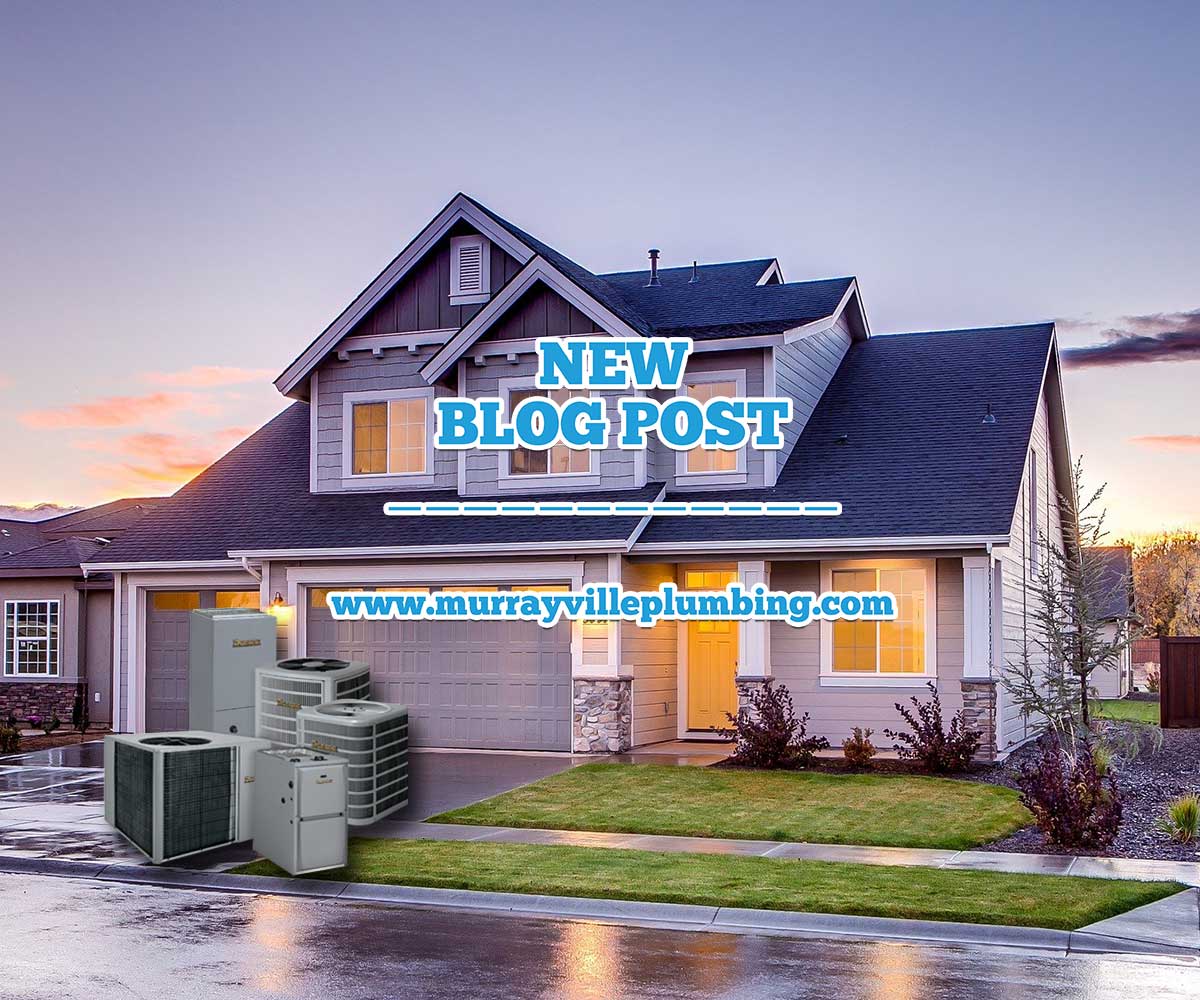What to look for in a new furnace
An efficient furnace plays a vital role in keeping your home warm and cozy during the winter. But how do you know which type of furnace is best? If you want to replace your old furnace or buy a new furnace online, this 6-step guide can assist you. Let’s start with how a furnace works so you can get a better understanding of the process and your needs. Murrayville Plumbing & Heating can show you what to look for in a new furnace.
WHAT IS A FURNACE?
A furnace is designed to heat your home’s air using different types of fuel. It blows hot air through ducts to deliver warm air via grills or air registers. Furnaces are also known as a forced warm-air or ducted warm-air distribution system, and they heat a home using one of these sources:
- Electricity
- Fuel oil
- Natural gas
These three sources can warm a home quickly, and they all have their pros and cons. For instance, depending on the area in which you live, one source may be cheaper than another. In general, gas is the least expensive heating source.
6 STEPS TO BUYING THE BEST FURNACE FOR YOUR HOME
These steps will help you narrow the range of furnace options. When shopping for a furnace, consider these six points:
Climate
Depending on your region, some furnace types work better than others. Choose a furnace featuring an ENERGY STAR certification for the best efficiency and savings.
- Mild Climates: Most of the North, East, and West regions of the Canada experience freezing temperatures. To this end, furnaces in colder areas need to be able to handle the task. To meet the standard, gas heaters must have an annual fuel utilization efficiency (AFUE) of at least 80 but nowadays it is better to opt for high efficiency units and get that Fortis Rebate. Heat pumps are also a good choice for this climate because they save on energy costs and work best in areas where you would like to save some money and are better for milder climates.
- Cold and Freezing Climates: The rest of the north and east of Canada needs more heating power during the winter. As such, furnace efficiency standards in these areas will be stricter. To save on your heating bill, look for an ENERGY STAR label for furnaces that have an AFUE rating of 90 or higher.
Furnace type
Gas furnaces represent the most popular type and come in three forms:
- Single-Stage Gas Furnaces: A standard single-stage gas furnace features a gas valve that opens and closes. The gas flows at only one rate: high. Single-stage gas furnaces operate at around 80% AFUE and are best for milder climates.
- Two-Stage Gas Furnaces: A two-stage gas furnace can adjust the flow of gas from low or high for better efficiency. A home’s thermostat communicates with the furnace to regulate temperature.
- Modulating Gas Furnaces: This type of gas furnace regulates heat the most precisely of all the gas furnace types. It is ideal for colder climates to regulate room temperatures efficiently and evenly.
Also available are electric and oil furnaces:
- Electric Furnaces: While not as economical as gas furnaces, electric furnaces are still popular. They heat air by moving it over electric coils and distributing the warmed air throughout your home.
- Oil Furnaces: These furnaces are best for homeowners who do not have access to other types of fuels.
Fuel source
Gas is the most popular fuel source because it is readily available and usually the least expensive. Gas furnaces are usually cheaper to buy and install, and they are less messy than oil furnaces.
If gas supply is not available in your area, oil is the next best choice. Finally, electric furnaces are the cheapest to buy and install, but they do not heat large homes very well and will cost the most to operate in electric bills.
Energy efficiency
The Federal Trade Commission requires all new furnaces display AFUE ratings so consumers can compare their efficiency. The AFUE represents the annual heat output of the furnace compared to the total annual energy consumed. An AFUE of 90% means that 90% of the energy heats the home and the other 10% escapes. AFUE does not include any heat lost through the duct system.
Although a high rating is important, the cost of the fuel source may take away from the furnace’s efficiency. The most efficient furnace is an electric one. An electric furnace hardly loses any energy: in fact, the AFUE rating for an electric furnace is 95%-100%. Despite the high-efficiency level, electricity is more expensive, making electric furnaces the most expensive to run.
When it is time to buy furnace online, choose a high-efficiency furnace with an AFUE of over 90% in very cold climates. In milder areas, choose one with an AFUE of 80%. The price difference between the two types of furnaces can be $1,000 or more, which may not be worthwhile in a milder area.
Size
Installing a properly sized furnace is the key to heating your home. If your furnace is too small, it will not heat your entire home. A furnace that is too big will waste money on fuel by producing heat you do not need. Many factors determine the best size: square footage, ceiling height, number of windows, and insulation. Ask an HVAC contractor for an in-house evaluation to determine the best size for your home.
FURNACE REVIEWS
When deciding where to buy a furnace, check reviews through Consumer Reports and the Better Business Bureau to see how customers respond to problems and complaints. If you are having the furnace professionally installed, call Murrayville Plumbing & Heating to have it installed. We offer plumbing, heating, drainage and gas fitting throughout the Lower Mainland and Fraser Valley.

